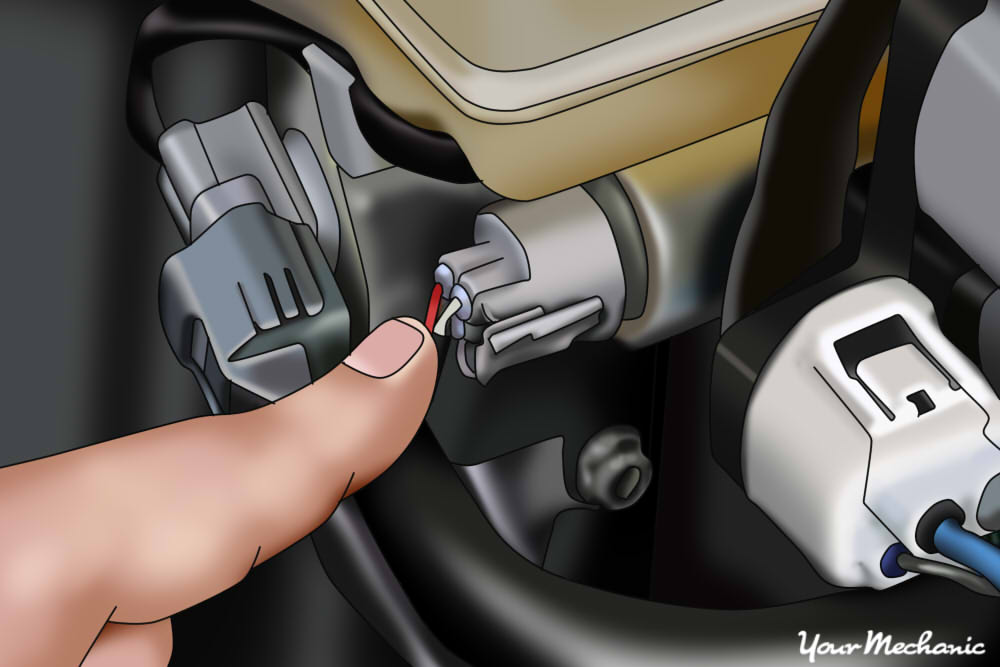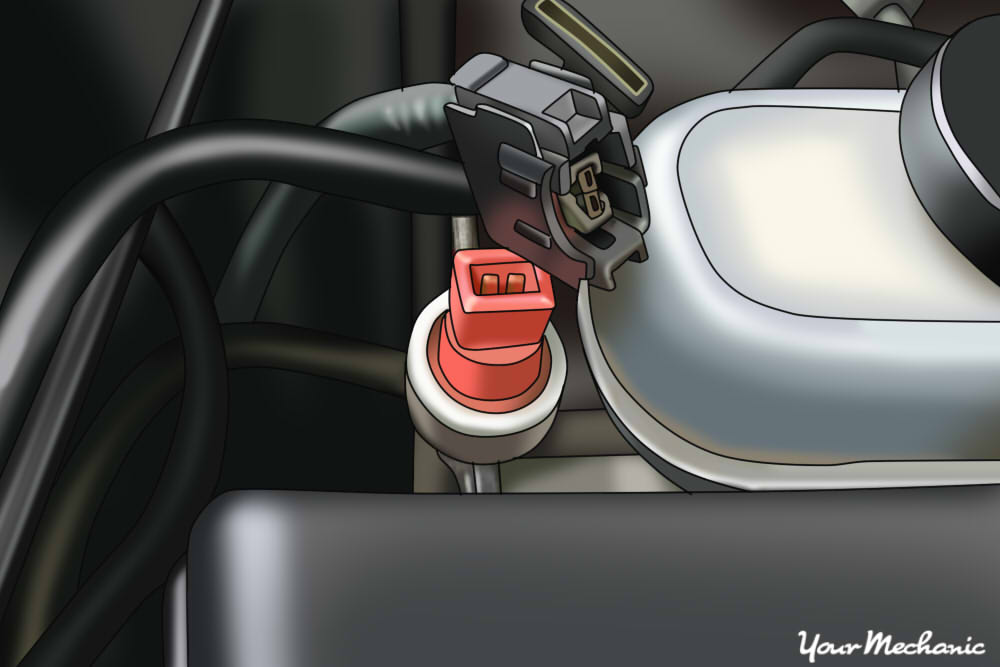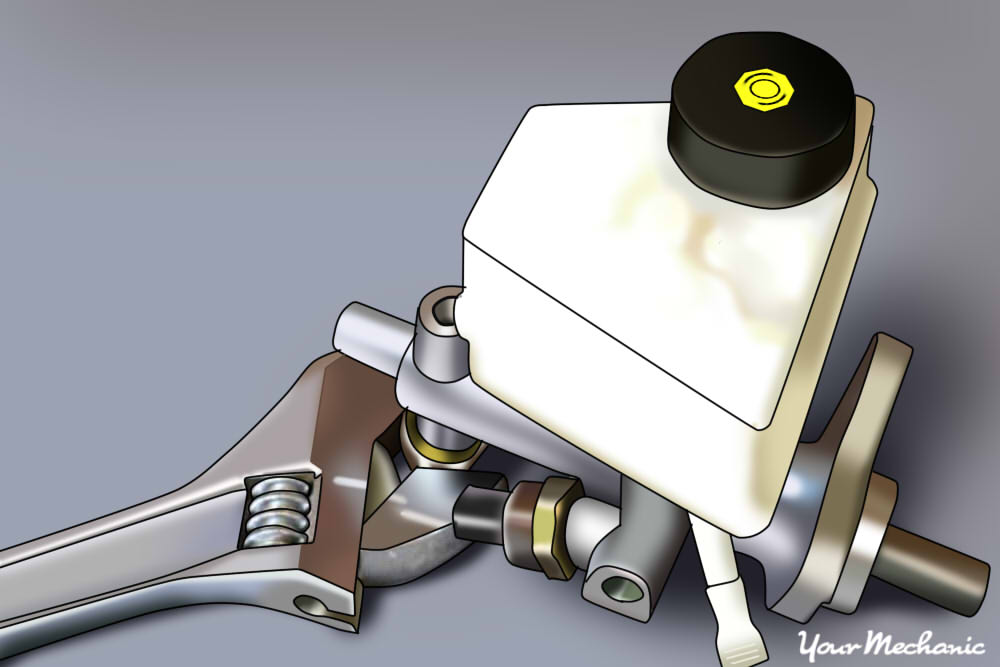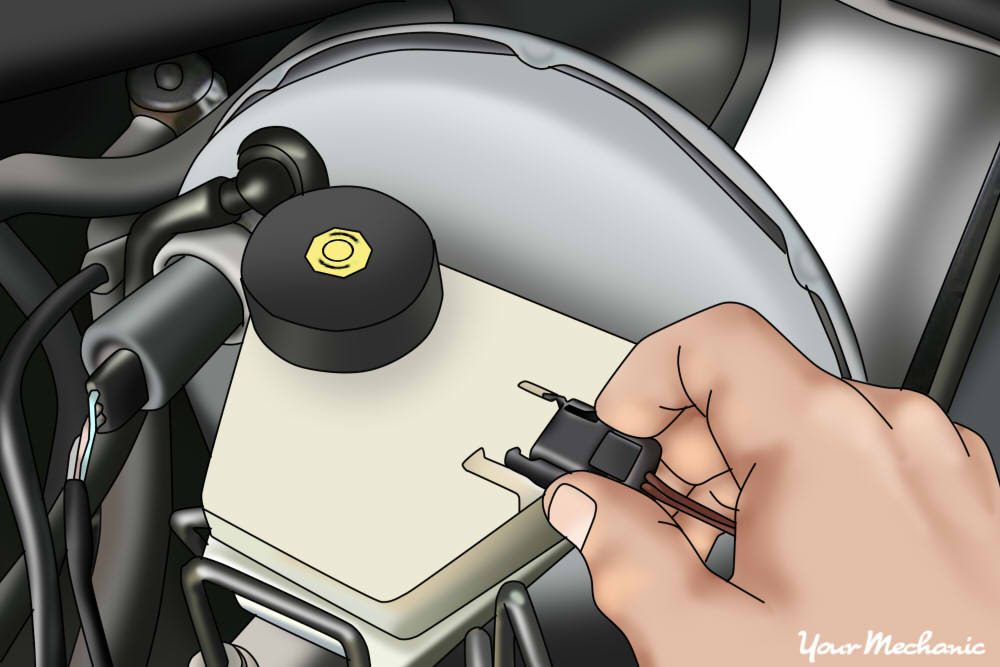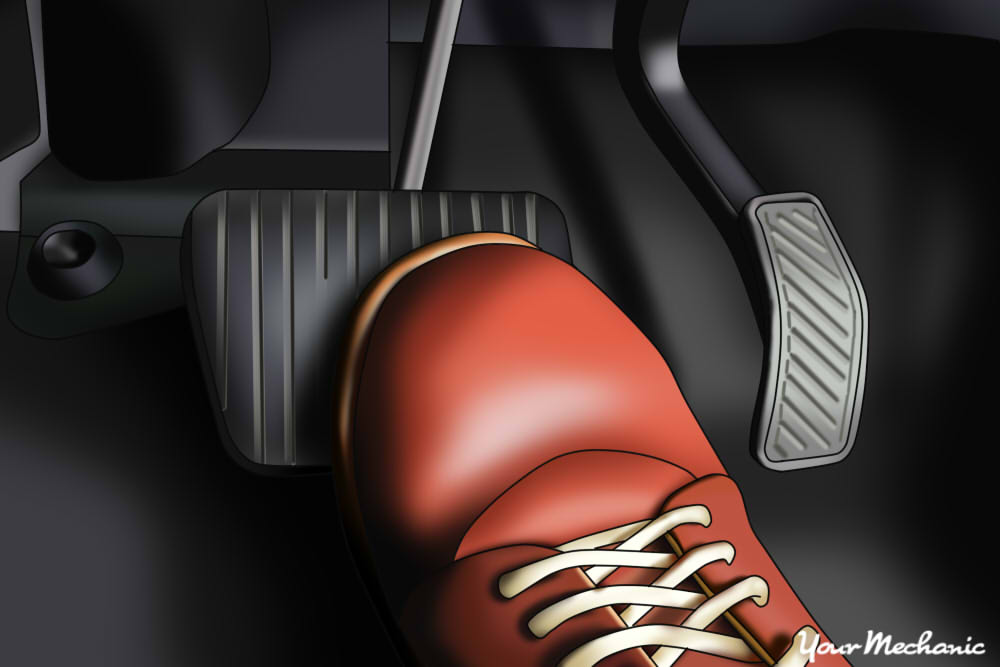

Most modern vehicles are equipped with an anti-lock braking system (ABS). The anti-lock brake system is a modern safety feature that greatly increases the ability of the braking system, especially in adverse conditions. It is designed to work in such a way that there is no special input necessary by the driver to achieve maximum braking potential.
The function of the anti-lock brake system is to allow the braking system to operate at the maximum potential, for a given system, and it does this by modulating the pressure in the braking system to prevent the wheels from locking up under hard braking.
An anti-lock braking system is especially useful during very hard braking events to avoid an accident, when roadways are wet from rain, they are snow covered, the roadways are icy, or on loose driving surfaces such as dirt or gravel.
The system intuitively, through a combination of sensors, electric servos/motors, and control units, can sense wheel lock up and make corrections in brake pressure in a fraction of a second. The anti-lock system is designed to detect wheel lock up, release just enough pressure to allow the wheel to turn again, and still keep as much pressure in the braking system as possible, without the driver having to make any additional corrections manually.
When there is an issue with an anti-lock brake system (ABS), there will typically be either a red or yellow warning light on the instrument cluster to alert the driver that there is a problem within the system. There are several problems that can cause the warning light to come on. If a sensor goes bad, there is a problem with a control unit or several other possibilities, these warning lights will come on.
One of the common failures on an anti-lock brake system is a failed brake pressure switch. A light generally illuminates on your instrument cluster and there are physical braking issues as well. You may notice wheel lock up under braking, vibration in the brake pedal, or several other issues.
Below we will cover the typical steps for replacing the anti-lock brake pressure switch on most current passenger vehicles. Although this article is meant to cover the general procedures on most vehicles, your application may be different.
- Warning: Be aware, that when dealing with brake fluid, it is highly caustic on any painted/finished surface and can damage these surfaces when they come in contact with each other. Brake fluid is water soluble, on most standard types of brake fluid, and can easily be neutralized with water. If a spill occurs, quickly rinse the affected area with water, while being sure not to contaminate the brake fluid that is still in the system.
Part 1 of 1: Replacing an anti-lock brake pressure switch
Materials Needed
- Screwdriver set
- Shop towels/rags
- Wrench set
Step 1: Locate the anti-lock brake pressure switch. Find the anti-lock brake pressure switch under the hood.
This is usually found mounted to, or near, the brake master cylinder.
Step 2: Unplug the electrical connector. This can typically be accomplished by just using your fingers to release the retaining clip and gently pulling on the connector body.
Over the years, exposure to the elements can cause the connector to stick. In these situations, it may be necessary to either push in and out on the connector a few times until it releases, or use a small screwdriver to gently pry the connector off of the switch.
Note: When removing the anti-lock brake pressure switch, there is the potential for fluid leakage. It is advised to either wrap a towel around the area, or to put a small container below the area, to catch any fluid loss.
Warning: If fluid loss occurs and you need to top off the reservoir after repairs, be sure to use the correct type of fluid. There are several different types of fluid used in the automotive industry. The correct type of fluid should be listed on the brake fluid reservoir cap or in the vehicle user manual.
Step 3: Remove the anti-lock brake pressure switch. Remove the anti-lock brake pressure switch by twisting it counter-clockwise, using the appropriate wrench.
Step 4: Compare replacement anti-lock brake pressure switch to the one removed. Visually verify that the replacement anti-lock brake pressure switch matches the one removed.
Check that it is of a similar diameter, similar height, that it uses the same type of electrical connector, and, most importantly, be sure the threaded section is the same size and has the same thread pitch.
Step 5: Install replacement anti-lock brake pressure switch. Carefully thread the replacement anti-lock brake pressure switch into place.
Start the replacement switch by hand, paying close attention not to cross thread the switch. Tighten the switch as far as possible by hand, then snug the switch into place with the appropriate wrench.
Step 6: Plug electrical connector back into replacement anti-lock brake pressure switch. Gently plug the electrical connector back into the replacement anti-lock brake pressure switch.
Take note that the connector seats completely and engages the lock on the connector.
Step 7: Verify the installation of the replacement anti-lock brake pressure switch. Be sure the area around the replacement anti-lock brake pressure switch is clean and dry.
Refill the reservoir to the correct level, if any fluid was lost during replacement. Start the vehicle and let it run for 10-15 seconds to allow pressure to build in the brake system. Press on the brake firmly a couple of times to be sure the pedal does not go to the floor. Check the area around the replacement switch to verify that there is no fluid leaking.
- Note: At this point, any lights on the instrument panel should be off, and if the anti-lock brake pump was running continuously, it should not be heard at this point.
The anti-lock brake system in the modern automobile is one of the most important systems in the vehicle. Most other systems in a vehicle can operate when in a less than optimum state, but the braking system must be in good working order for the safety of not only the driver, but everyone around them. If at any point you feel you could use a hand with replacing an anti-lock brake pressure switch, contact one of YourMechanic’s professional technicians.



